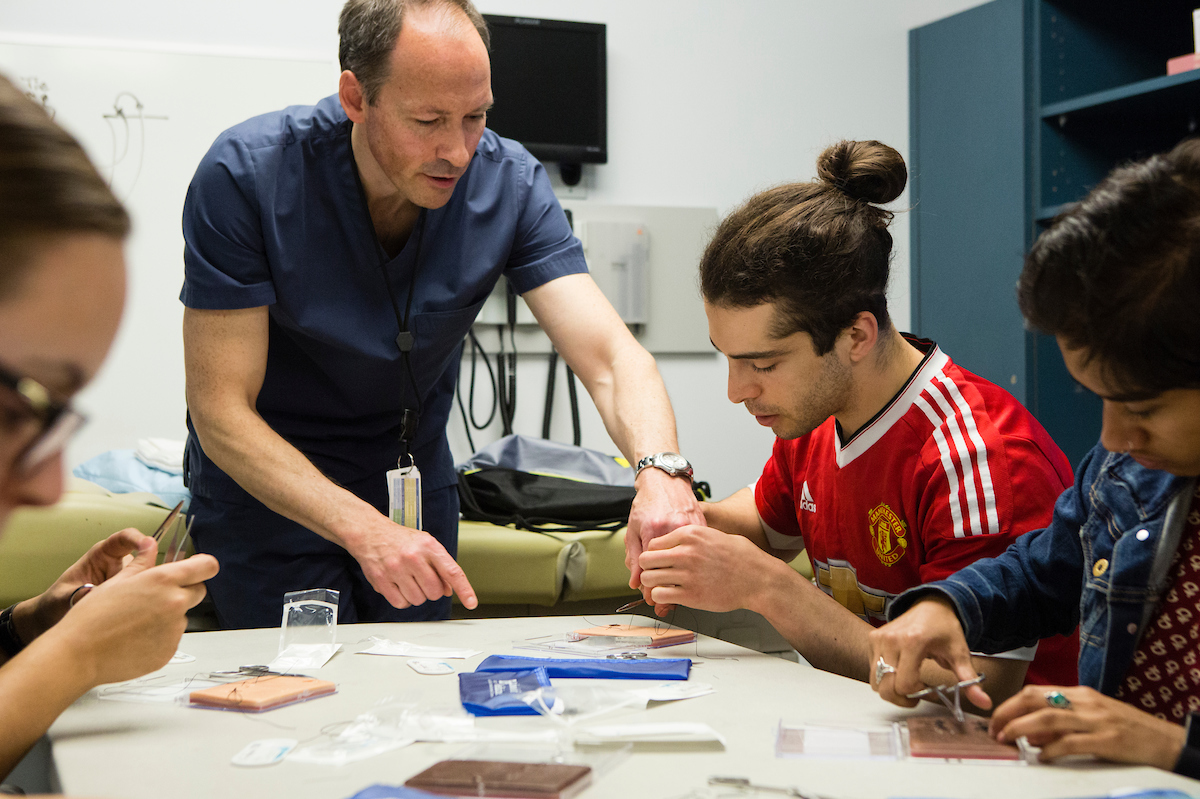Formative and Summative Feedback

The terms formative and summative are often used to describe types of evaluation and feedback that instructors develop for students. Here’s how these two types of assessments function in student learning:
Formative feedback activities are typically ungraded or low-stakes opportunities to promote and measure student knowledge and skills. Formative feedback is ongoing and helps faculty to focus on student learning and students to better understand the limits of their own knowledge and how to improve. By determining what students have learned and what is unclear, instructors can focus the class more effectively to meet the learning needs of that group. This may mean reviewing some areas, or spending less time in other areas. Formative feedback can increase student motivation and self-directed learning and help them to become self-directed learners. Examples of formative feedback techniques include many interactive classroom activities, homework and surveys.
By way of contrast, summative feedback typically falls at the end of a topic or semester. It provides an evaluation of how much a student and the class has learned and is often connected to a grade. When tied to specific class learning objectives it can be used as course feedback, providing the instructor with feedback about the effectiveness of the course design. Examples of summative feedback techniques include exams, final projects, and research reports.
SEE ALSO
- Teaching@Tufts’ list of Assessment Techniques include several examples of formative and summative feedback strategies.
- Integrating Inclusive and Sustainable Assessments in your Online Teaching from Beginning to End

